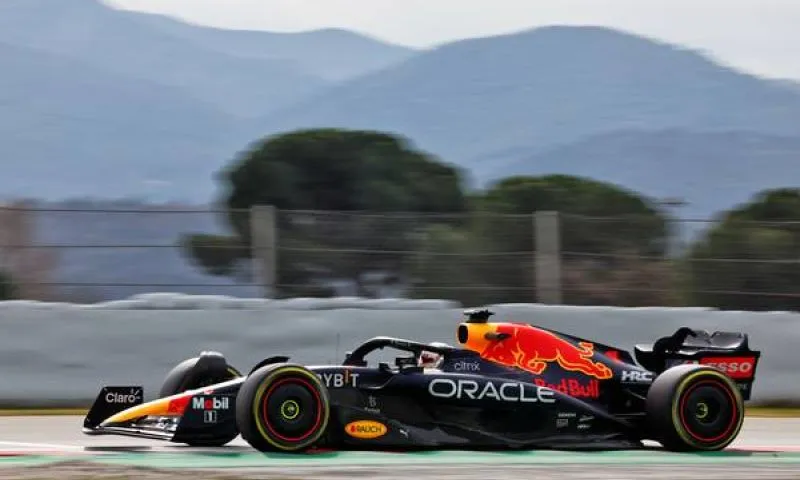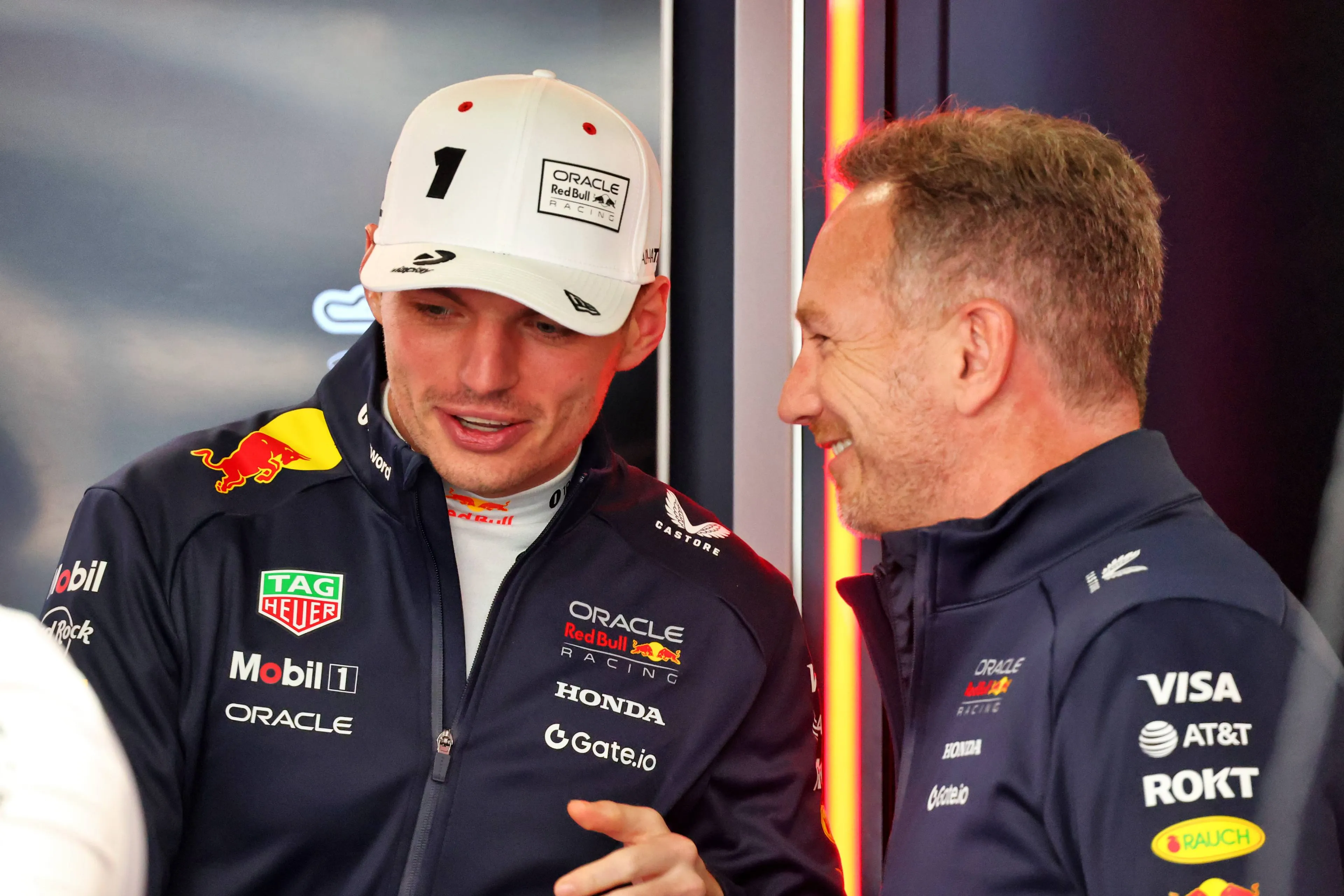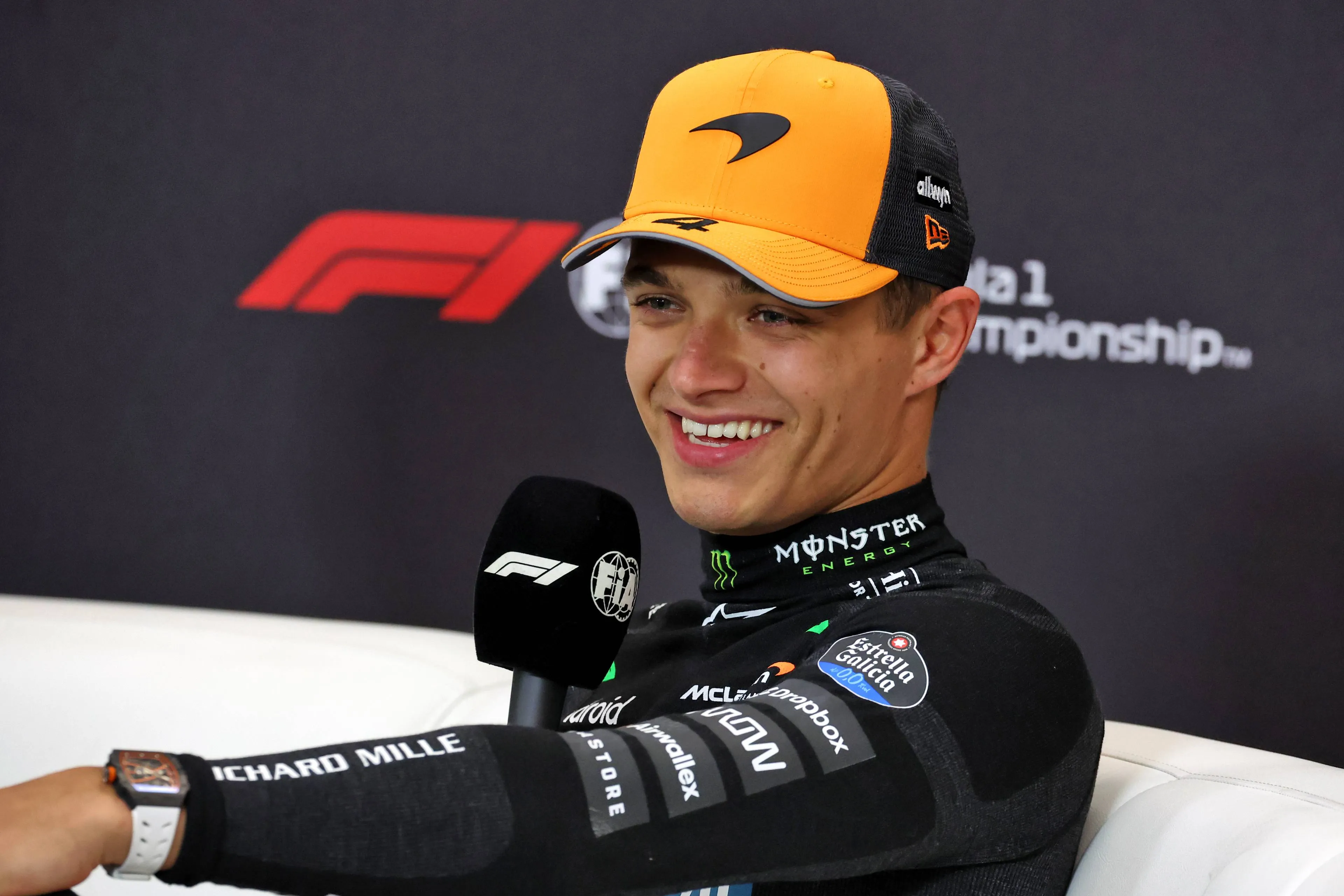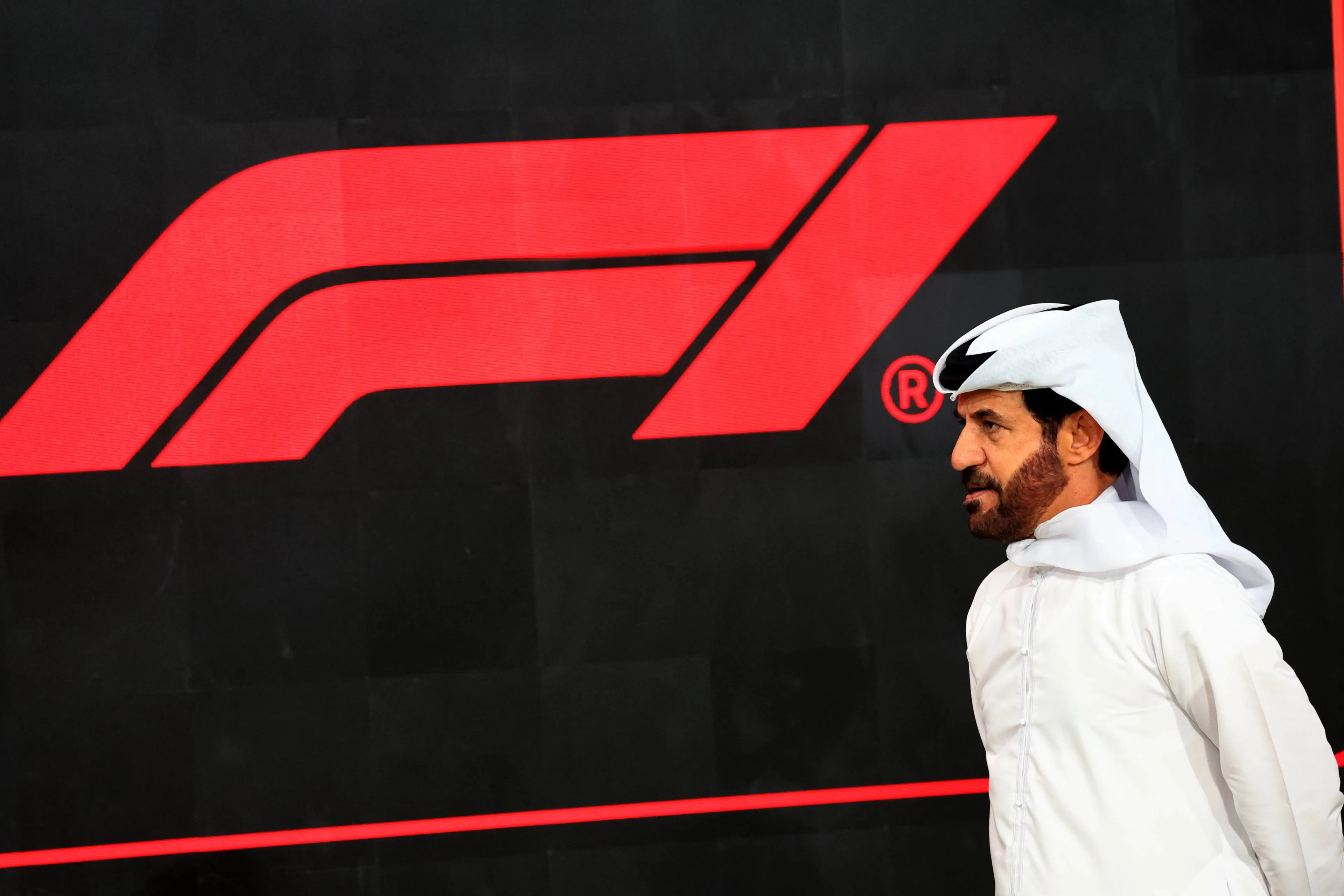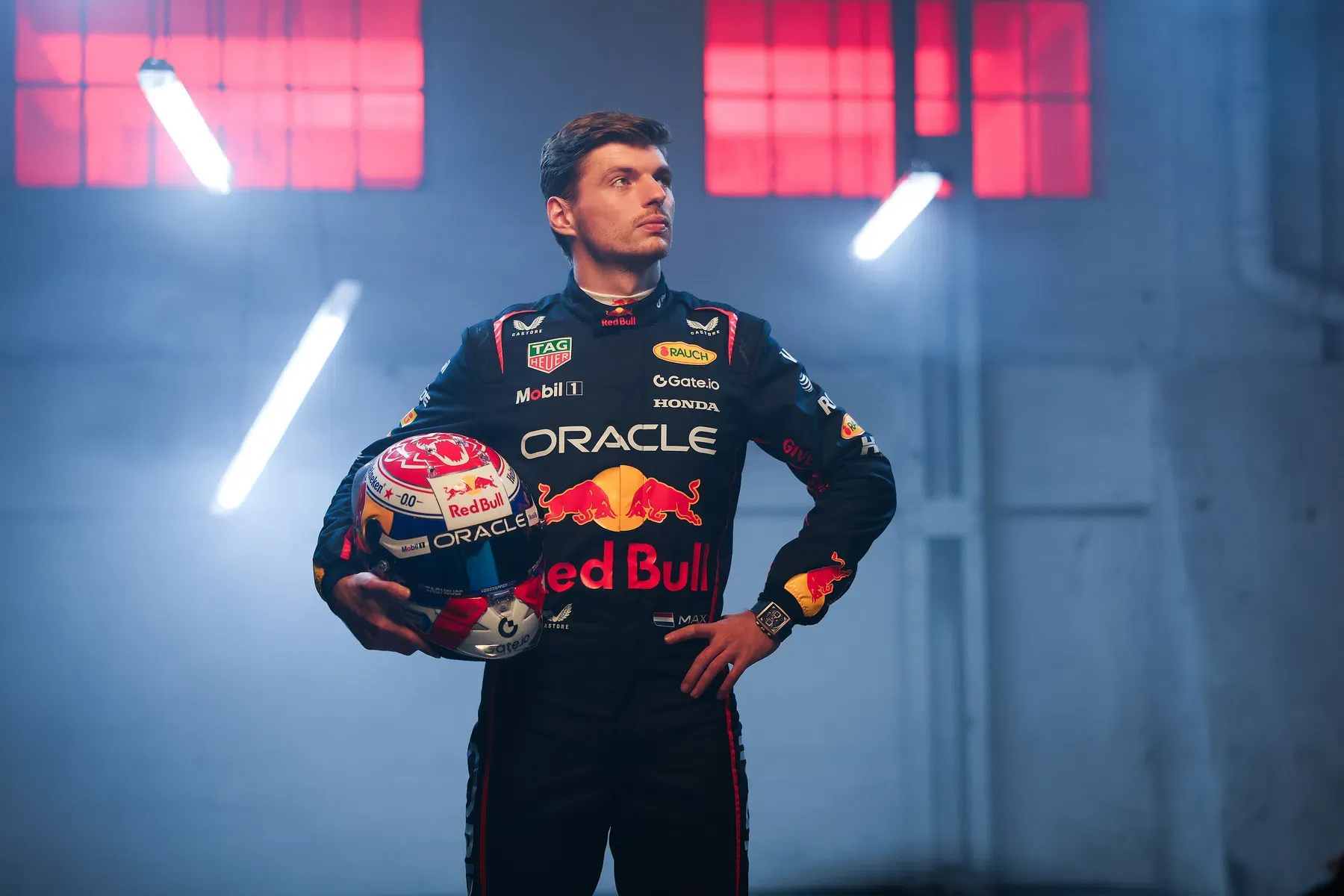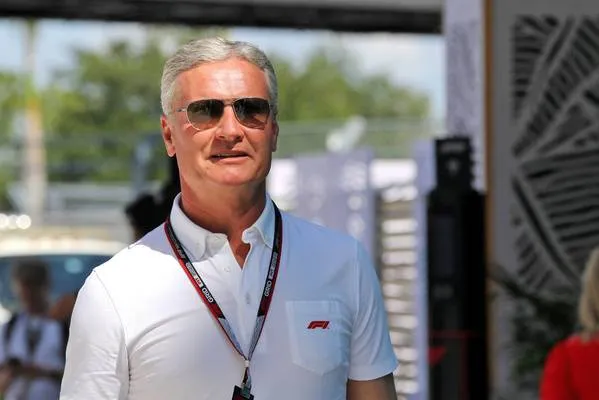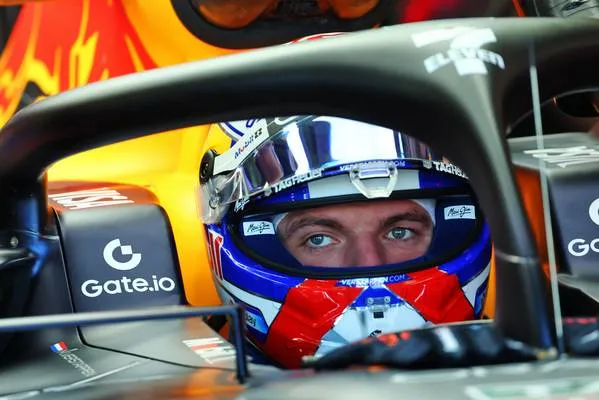Analysis 2022 F1 Winter Testing | Porpoising, lap time comparison & mileage
19:00, 25 Feb 2022
0 Comments
The first week of 2022 Formula 1 testing has come to an end, and now drivers and engineers have a week to file through the recorded data before heading off to Bahrain for the second test. That test starts on March 10, just over a week before the opening race of the 2022 Formula 1 season. In the meantime, what did we learn from the first test in Barcelona?
With fruits of a rule and regulation reprint finally on show, all eyes and camera lenses were focused on the pit garages as soon as the green light came on. This test, officially noted as a shakedown was always going to be more about reliability and mileage rather than performance and pace. Facts such as unknown fuel loads, engine modes and set-ups mean we have to step through the analysis with caution at this stage.
Ultimately we will only get a vague idea of the pecking order in Q3 of qualifying for the Bahrain Grand Prix, let alone from the first three days of testing. But there is information out there for us to use.
Mileage and lap count
Mileage is the most important factor for all teams at this stage of the game. Alfa Romeo and Haas really disappointed on this front, particularly Valtteri Bottas. Alfa Romeo est driver Robert Kubica competed in the first morning session and only managed two laps. The Italian team didn't really recover from that with less than 150 laps recorded over the first two days.
A major loss of data for Alfa Romeo. On Friday morning, Alpine had a fire in the car and therefore Fernando Alonso had to stop on the track. The French team were unable to fix the car and therefore only got 12 laps on Friday. Haas also had issues with mileage, with various leaks keeping the Haas car inside the garage for significant periods.
The problems experienced by these three teams puts them on the back foot. The lack of testing means they haven't really had the chance to complete scheduled runs. Reliability hasn't been tested in all areas, and the performance of different parts hasn't been tested to its full capability. Set-up work and correlation to the simulator has also been missed. In comparison, Ferrari topped the mileage count across all three days, with Mercedes, McLaren, Red and Williams rounded out the top five.
Porpoising
Porpoising is the buzzword for 2022 testing. Remember DAS and how that took the F1 world by storm in 2020? Porpoising has done exactly that in 2022. Porpoising is when the cars bounce up and down slightly as they drive along at high speed. With ground effect in 2022, the airflow underneath the car is important because that gives the downforce.
As the speed increases, the car gets sucked to the ground. At a certain point, the ride height becomes too shallow and the airflow is disrupted. When this happens the car will bounce up, and then the process is repeated. Porpoising reduces levels of performance and teams will have to try and fix this in the coming weeks. Some fixes will not be helpful to the overall downforce, so striking a balance is important.
It seems to be causing all teams problems. But it's affected some more than others. As always with Formula 1, secrets are not shared. Drivers and teams don't want information, good or bad, being exchanged so it's hard to work out who is struggling more than others. It seems as if Alpine have struggled with it. During day two, Esteban Ocon didn't use DRS, which could be a sign of the team testing it. Mercedes and Williams also seem to have issues with it, and footage emerged of Charles Leclerc's Ferrari bouncing around. The only thing that's clear is the fact it's become more of a factor than first thought.
Comparing lap times
When the rule and regulations were first drawn up, it was expected the cars would be around four or five seconds slower than the previous generation of F1 car. What we've learnt in testing is, this is not true. The cars might be heavier, but they're actually much quicker than predicted.
It's hard to compare these lap times to anything meaningful. Formula 1 last tested in Barcelona in 2020, when the layout of the circuit was yet to be altered. The 2021 Spanish Grand Prix used the new layout, but it's not useful to compare with qualifying or the race. The best session to compare the times to is 2021 first free practice for the Spanish Grand Prix. And even so, this should be taken with a pinch of salt because track conditions are significantly cooler in February compared to May. The circuit probably had more grip in the Grand Prix weekend compared to testing this time around. Tyre options also vary.
The fastest time in FP1 was recorded by Valtteri Bottas in his old Mercedes car. He posted a 1:18.504 in that session. The tyres that were available that weekend were C1, C2 and C3. The hardest three tyres in Pirelli's range. On Friday morning of testing, George Russell set a 1:19.233 on Pirelli's softest C5 tyre and Hamilton recorded a 1:19.138. Even though Russell was on a faster tyre, he only set a time seven-tenths down on Bottas, and Hamilton six-tenths. Given that temperatures were cooler, and the driver probably wasn't pushing as hard, we can expect very similar lap times to 2021, if not quicker.
The slowest time in FP1 was recorded by Nikita Mazepin in the Haas. He managed a 1:21.976. Mazepin managed to beat that time on Day two of testing. The field spread in 2021 was 2.7 seconds. In testing day two, the field spread was down to 2.5 seconds presuming Lewis Hamilton's time was an anomaly. It's very early days and the usual caveats of testing apply but there are some early indications that the field hasn't spread open. If there is a dominant team hiding their pace, that gap could easily open.
Overtaking chances
One of the major reasons for Formula 1 to introduce these measures was to try and give drivers more chances of overtakes. To test this, drivers have run tight behind over cars over the last three days in Barcelona. From the quotes, drivers seem to suggest there is less dirty air when tucked in behind a car in front. However, as soon as they move over to make the overtake, they still feel some dirty air.
It's way too early to draw conclusions on this, but it seems like small improvements have been made whilst still ensuring the drivers have a tough task.
Any conclusions?
It's easy to say McLaren and Ferrari have looked good because they've both been stuck at the top of the timesheet for the majority of the test week. But fact is, they have looked good and completed a lot of mileage. It seems like these two teams could get themselves back in the title hunt.
Red Bull Racing created shockwaves when Max Verstappen rolled out of the garage on Wednesday morning. Their car was fitted with almost every other team's party trick. As if it was a compilation of the best pieces. If there were any doubts over whether or not Christian Horner's team put too much focus on the 2021 title fight, then those have now been removed.
Mercedes are Mercedes. They've quietly gone about their business throughout the week, particularly Lewis Hamilton. Nothing majorly impressive until the final runs for both drivers. At the end of the test, Hamilton set the fastest time of the week. Their car actually looks the most similar to their old car. It's very possible that they could do what they've done before: roll out a whole new version of the W13 in the second week of testing.
If you had to place a team at the bottom of the pile from this week's test, you'd have to pick Alfa Romeo. The lack of mileage is worrying for both Valtteri Bottas and rookie Guanyu Zhou. Haas, despite experiencing issues of their own, have improved. And Williams seem to be much closer to the midfield.
Read more about:
Popular on GPBlog
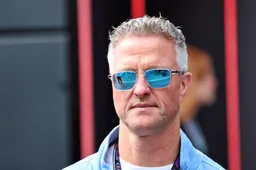
1
Ralf Schumacher expects Max Verstappen to leave and names shock team
34821 times read

2
F1 Today | 'Verstappen just another Tsunoda', 'Red Bull hold another crisis meeting'
2598 times read

3
Windsor: 'If Red Bull don't give Verstappen this, he's another Yuki Tsunoda'
2551 times read

4
Wolff urges F1 to 'hit pause' on engines talks: 'If it works we're trailblazers'
640 times read
